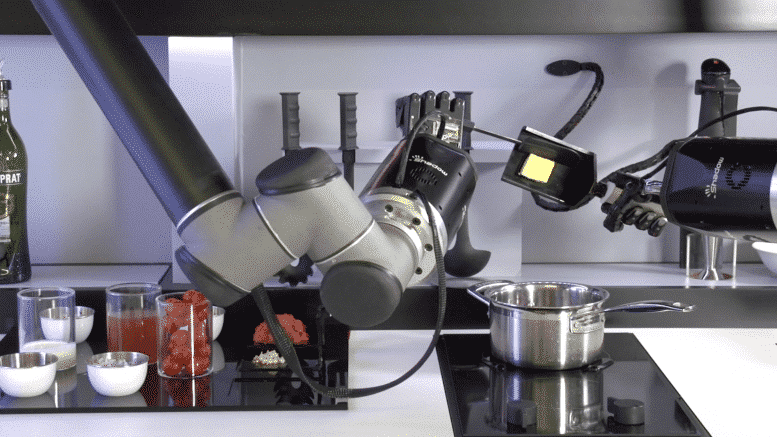Creating the Perfect Iron Chef AI Recipe Part II – Customization and Deploying at Scale

The best episodes of the Iron Chef can almost make you taste the food as the ingredients are brought together to perfection and the winning Iron Chef Recipe is revealed. It is indeed a highly sought item as it captures the true elegance of the culinary arts. In a similar manner, data scientists and ML engineers train innovative AI algorithms to do very complex tasks like recognizing sounds, identifying visual objects, and observing causal patterns. The recipes for these AI algorithms are also highly sought after as they detail how the best “AI dishes” are built. The AI recipe captures the latent knowledge within the training data to arrive at a generalized learning representation as well as the process to optimize that model. This is where Latent AI Recipes come in. The AI Chef uses our LEIP SDK to design, train, and optimize AI models for any target hardware within given resource constraints. The AI Recipes guide the AI Chefs to enable edge AI solutions with reduced power, latency, and memory footprints while also maintaining model accuracy.

Customizing Recipes
The competition is only half the story. When the Iron Chefs return home, their recipes may need to be customized for local tastes and preferences. For example, if northerners prefer a bit more spice, the recipe can be slightly altered to include a bit of chili or other local ingredients. More fine tuning may also be required because there might be differences in kitchen appliances and environmental conditions such as humidity or altitude. And in many cases, temperature is a key variable that affects hydration and cooking time. Whatever the change, you can either settle for the undesired taste, or alter the recipe as appropriate. It does not need to be an all-or-nothing approach to recipes. Instead, we can look at them as detailed suggestions you can use to make the dish that best suits your tastes.
Like Iron Chef recipes, AI Chefs can customize Latent AI Recipes to arrive at a fine tuned edge AI model. Such customizations may be needed as the data, resource constraints, and even target hardware can change from environment to environment. For example, in an object detection model (e.g. Yolo), you can change the input size and dimension for higher resolution cameras. You can change the quantization method to match the target hardware capabilities (e.g. floating point FP32 versus INT8). Specific requirements for different AI solutions will differ to match the desired sensor modality and bill-of-materials (BOM).
Deploying at Scale
Ironically, customization is the key to scaling up deployment. In order for an Iron Chef recipe to achieve mass adoption, it needs to fit all of the multifaceted taste buds across the country and globally. Fine tuning a recipe is perfectly acceptable in order for all to enjoy the dish. For our AI Chef, Latent AI recipes are guides to design, train and optimize AI models using the LEIP SDK to customize and serve the best AI dish. A fine tuned recipe enables an object detector model to be trained for one set of training data, but fine tuned for other datasets and target hardware, too. With LEIP Recipes, you can scale up the deployment of edge AI across different product requirements.
Click here to watch a demo of LEIP Recipes.
To learn more about how LEIP Recipes can help the AI Chef, contact info@latentai.com.




